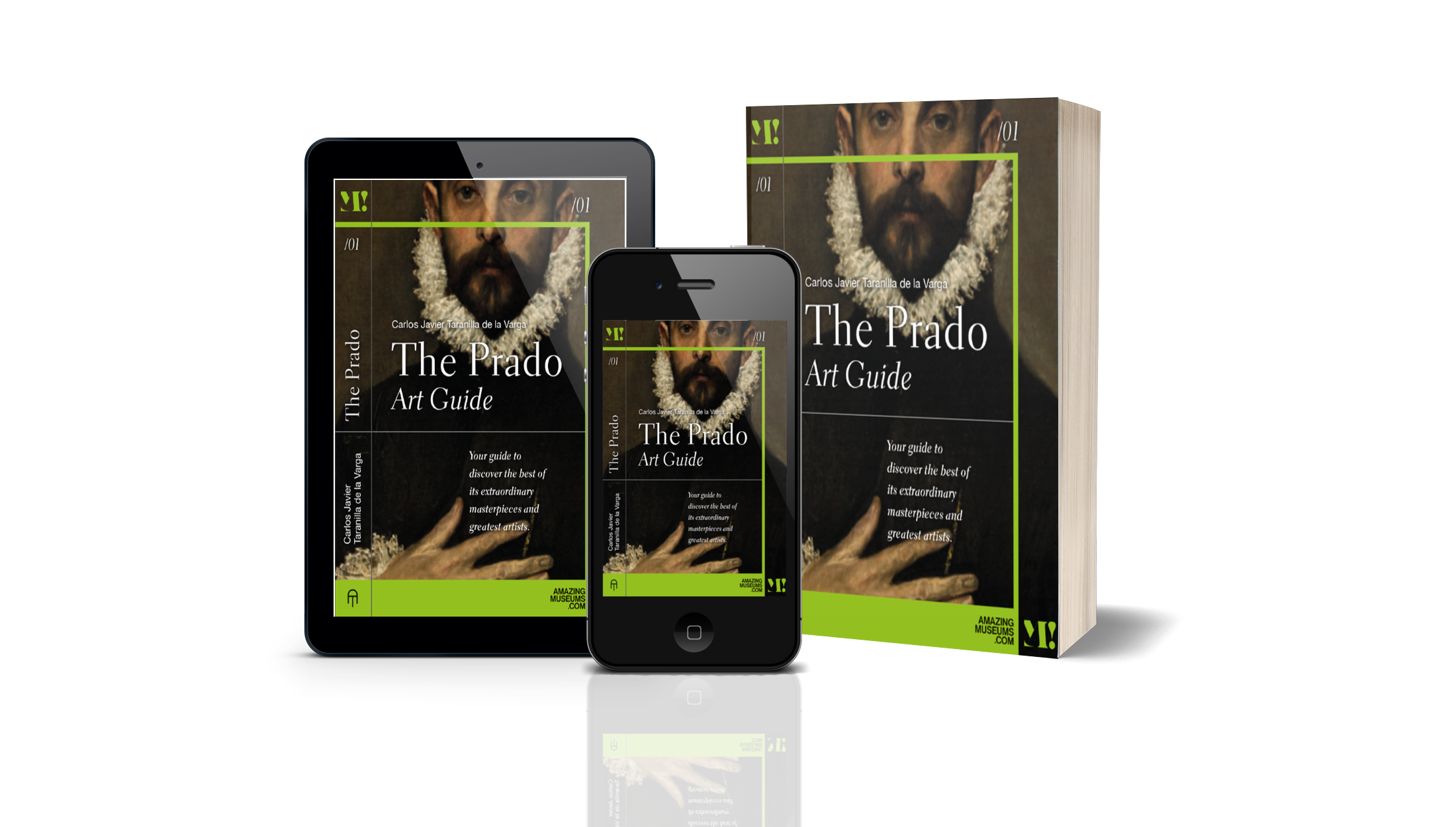
Titian: a life of more than 100 years of art
Titian Vecellio was one of the most important painters of the Italian Renaissance and the greatest exponent of the Venetian school. Born into a wealthy family in Pieve di Cadore, near Venice, around 1490, Titian began his artistic training in the workshop of the Bellini brothers and later collaborated with Giorgione, with whom he developed a style characterized by the use of color and light.
It is known that the old Venetian master Titian lived more than 100 years, from 1474 to 1576, and it is known that he painted 400 paintings during his long career, of which 300 are preserved. His last painting was a very dark version of the Pietà, with which he intended to decorate his own tomb. Throughout his long career, which lasted until his death in Venice in 1576, Titian produced masterpieces in a variety of genres, including portraits, landscapes, religious and mythological scenes. Among his clients were the most powerful rulers of his time, such as Emperor Charles V, Pope Paul III and King Philip II of Spain, for whom he painted his famous "poesias", mythological scenes of lust, love stories and death.
The Prado Museum has the largest and best collection of works by Titian outside Italy, thanks to the close relationship that the painter maintained with the Spanish monarchy. Among the jewels that can be admired in the Madrid museum are some of his most emblematic portraits, such as that of Charles V on horseback in Mühlberg, that of Isabella of Este or that of Philip II.

Charles V on horseback in Mühlberg, Prado Museum.
His religious works also stand out, such as the Last Supper, the Dolorosa or the Penitent Magdalene, which show his ability to express the emotion and spirituality of the characters. Likewise, the Prado houses some of his most complex and original compositions, such as the Religión socorrida por España, the Gloria or the Entierro de Cristo.
But undoubtedly, the most outstanding and unique set that can be seen in the Prado are the "poems" that Titian made for Philip II between 1551 and 1562. These are six paintings based on classical sources, such as Ovid or Boccaccio, depicting mythological episodes with a high erotic and symbolic content. The works are: Danae receiving the golden rain, Venus and Adonis, Perseus and Andromeda, Diana and Actaeon, Diana and Callisto and the Rape of Europa.
These paintings are considered the pinnacles of Titian art and of the Renaissance in general, for their formal beauty, their chromatic richness, their narrative expressiveness and their conceptual innovation. Titian conceived these works as a harmonious whole to be contemplated in a private and intimate space, where the viewer could recreate himself in the stories and emotions they aroused.

Rapture of Europa, Prado Museum.
The Prado managed to bring together for the first time since the 16th century the six "poetries" of Titian in a historical exhibition that could be visited until July 4, 2021. The exhibition allows us to appreciate the genius of the Venetian painter and his influence on later generations of artists. In addition, other works related to the "poetries" are exhibited, such as copies, engravings or paintings inspired by them.
Titian was an exceptional artist who masterfully captured reality and fantasy, the human and the divine, the sensual and the tragic. His work is a testimony to his long life dedicated to art and his ability to renew himself and adapt to the tastes and demands of his time. The Prado Museum offers a unique opportunity to know and enjoy this great master of the Renaissance, who continues to fascinate and excite art lovers.
If you want to know more about Rubens and his work, technical characteristics, data on Renaissance artists and, above all, information about the greatest works of art housed in the Prado Museum in Madrid, we recommend "The Prado Art Guide" already available on Amazon by clicking here.

